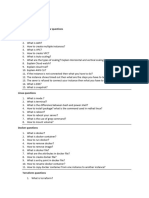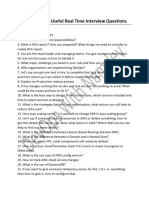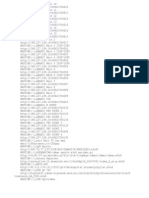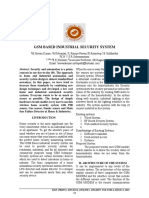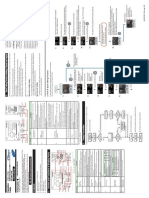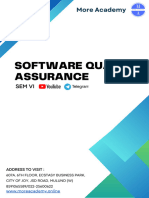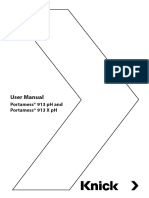0% found this document useful (0 votes)
60 views4 pagesComplete DevOps Interview Guide
The document is a comprehensive DevOps interview guide covering essential topics such as Docker, Kubernetes, Jenkins, Linux commands, AWS, and Git. It includes basic and advanced questions with concise answers, along with scenario-based troubleshooting questions. This guide serves as a resource for candidates preparing for DevOps interviews.
Uploaded by
21csme011anayCopyright
© © All Rights Reserved
We take content rights seriously. If you suspect this is your content, claim it here.
Available Formats
Download as PDF, TXT or read online on Scribd
0% found this document useful (0 votes)
60 views4 pagesComplete DevOps Interview Guide
The document is a comprehensive DevOps interview guide covering essential topics such as Docker, Kubernetes, Jenkins, Linux commands, AWS, and Git. It includes basic and advanced questions with concise answers, along with scenario-based troubleshooting questions. This guide serves as a resource for candidates preparing for DevOps interviews.
Uploaded by
21csme011anayCopyright
© © All Rights Reserved
We take content rights seriously. If you suspect this is your content, claim it here.
Available Formats
Download as PDF, TXT or read online on Scribd
/ 4









